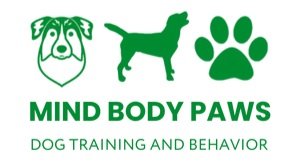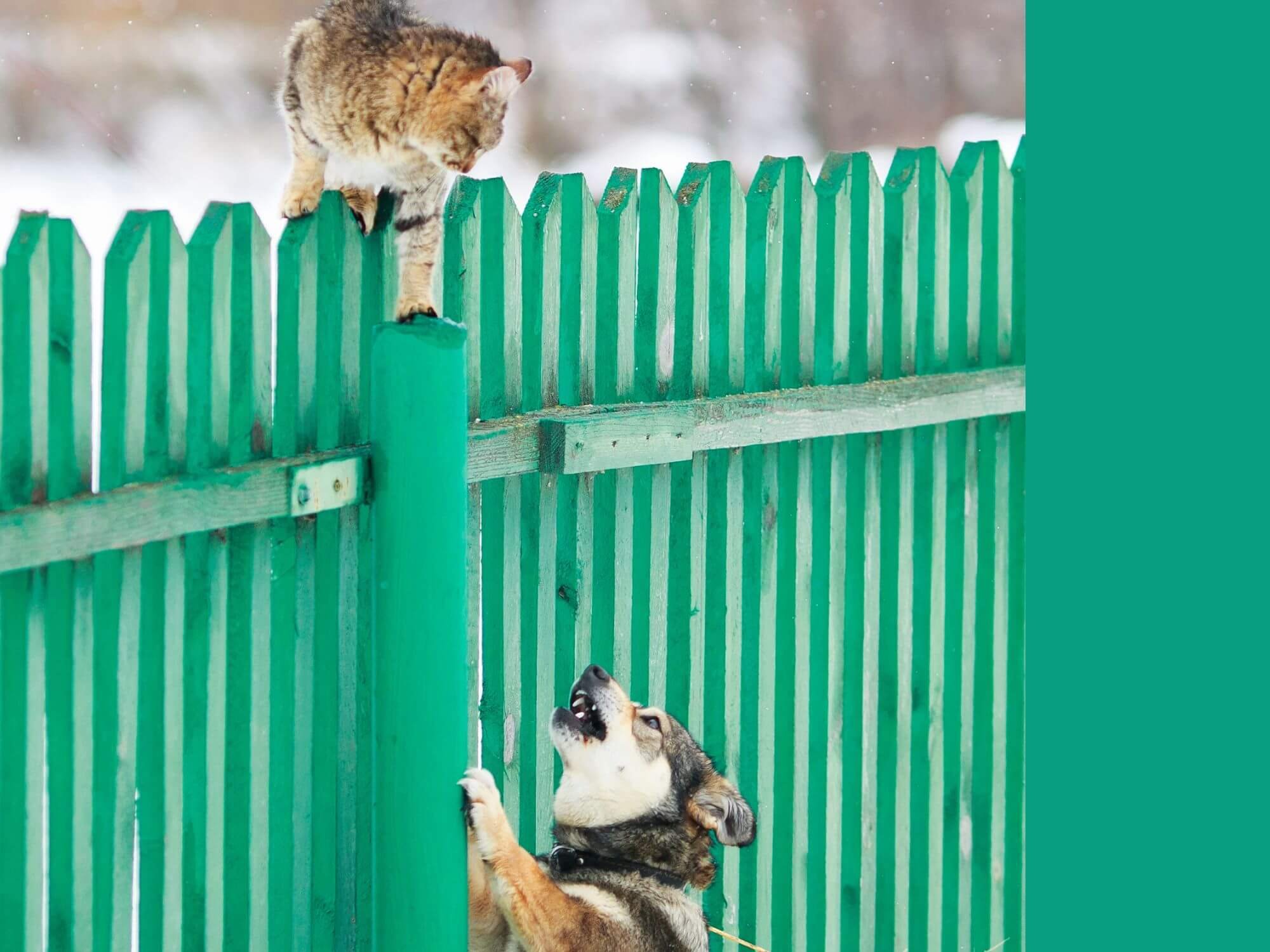Stop Chasing That!
updated: May 08, 2024
Many of us can relate to the desire to chase after something like a goal or someone like a child, or a partner. As it turns out our dogs are no different. From a bouncing ball to a moving vehicle, even a small animal, most dogs have an inherent urge to chase. Unfortunately chasing is not always permissible or safe. Join us as we delve into what motivates our dogs to chase and how we can keep them safe with the Un-Chase!® training program.
Why Your Dog Likes to Chase
It's no secret that humans love the thrill of the chase, but did you know that dogs share this feeling too? The seeking system in both our brains releases a rush of happy chemicals, including dopamine, serotonin, oxytocin, and endorphins when we're engaged in pursuit. Simply put, chasing feels good!
Did you know that dogs have 20% greater peripheral vision than humans? This means they can spot even the slightest movement that we can't perceive. Turns out, our pups are naturally wired to pursue things that capture their attention.
Long before our dogs shared our homes, they had relied on their superior hunting skills to survive. While our pet dogs today may not be experienced hunters, chasing is still an important part of their predatory sequence. However, in our modern world, this innate behavior can sometimes create problems.
Things Dogs Chase
Dogs are natural-born chasers. Whether they're running after a frisbee or fetching a ball, chasing is not just to hunt prey, but is also a source of fun for them.
The cat is trying to escape from those playful paws and find safety on that fence. Poor kitty!
What’s more, your dog will even chase after you. Improve your dog's ability to come with a fun game of chase. Watch how eager your dog is to follow as you. To play, walk quickly or run while giving the command "come".
While chasing can be a natural and healthy form of exercise for dogs, it can become problematic. Some dogs may chase after things that they find frightening, like cars, cyclists, or joggers. Others may have the urge to chase things out of curiosity but end up unintentionally causing harm to smaller animals like the family cat, pocket pets or chickens. Additionally, dogs may chase after things that can pose a danger to them like wildlife, such as raccoons or snakes. As a responsible dog guardian, it's crucial to prevent your canine companion from engaging in these behaviors to ensure their safety.
Enrichment for Dogs that Like Chasing
Fast Cat provides a safe outlet for your dog to fulfill their chase desires. Fast Cat is a dog sport that taps into their natural chasing instincts. In this 100-yard dash, your four-legged furry friend will chase a lure on a pulley system and be timed for their speed. Fast cat is appropriate for any breed in good physical shape.
For a more interactive option, try playing with a flirt pole - think of it as a cat toy for dogs. The flirt pole is a game that combines physical exercise with mental stimulation. Your dog will chase the lure and be challenged to display impulse control by stopping and offering default behaviors like sit or down to continue the game. This game is typically enjoyed outside but can also be played indoors if you have enough room.
Reinforcing Chase Behavior
The intensity in this pup’s eyes says it all - when it comes to their ball, nothing else matters.
Did you know that playing fetch can worsen your dog's chasing behavior? Here's why: every time your dog runs after the ball or frisbee, they are reinforcing the habit of chasing. Even just 30 minutes of fetch four times a week (30 throws x 4 days/week x 26 weeks) results in 3,120 instances of chasing being reinforced in six months’ time!
To prevent unwanted behavior, it is important to eliminate the opportunity for the dog to practice the behavior. So, if your dog has a chasing problem, it’s time to put an end to fetch.
Un-Chase! the Solution to Stop Your Dog from Chasing
While enrichment activities are a safe way to satisfying your dog's chase desires, it's important to monitor their behavior. If your pup is displaying obsessive chasing, or their chasing poses a risk to their safety or its disruptive to another household pet, consult with a licensed Un-Chase® expert for help.
The Un-Chase!® program will teach your dog to remain calm and relaxed in the presence of an exciting chase trigger. Imagine, a dog that ignores the family cat when it enters the room, or a peloton racing toward them, and even oncoming vehicles. Your dog can even be taught to alert you when they’ve detected a dangerous animal like a snake! Say goodbye to the stress and anxiety of your dog's chasing behavior and hello to a sense of confidence and trust in your dog thanks to the Un-Chase!® private training program.
How to Stop a Dog from Chasing Cats and Cars
Meet Ginger (r) and her furry friends! She's an UnChase graduate — her chase trigger Brewster (m). Thanks to training she can now relax with her pals in peace.
The protocols in the Un-Chase!® program will guide you through introducing your dog to their chase trigger using scent (where appropriate) and sound. The next step in the progression is teaching your dog how to be calm when in the presence of the chase trigger, followed by adding movement and lastly removing any barrier control between the dog and the chase trigger. Progress through the protocols is based on previous experiences, your dog's age, and all animals' comfort levels.
Our popular Un-Chase!® Cats and Un-Chase!® Objects and Machines programs are perfect for dogs that chase cats and cars, but we also offer specialized programs for those that chase pocket pets and birds, snakes, and even protected wildlife.
Stop Living with a Chaser
While it's natural for dogs to enjoy a good chase, there are times when their pursuit can become problematic. When chasing becomes obsessive, poses a danger to the dog or disruptive to other animals in your household Un-Chase!® is the solution. Un-Chase!® uses positive reinforcement to help your pup be calm, collected and most importantly safe in the presence of chase triggers.
✌🏽❤️🐶
Like this article? Check these useful resources out 👇🏼
📰 Your Dog Wants to Work for Food



